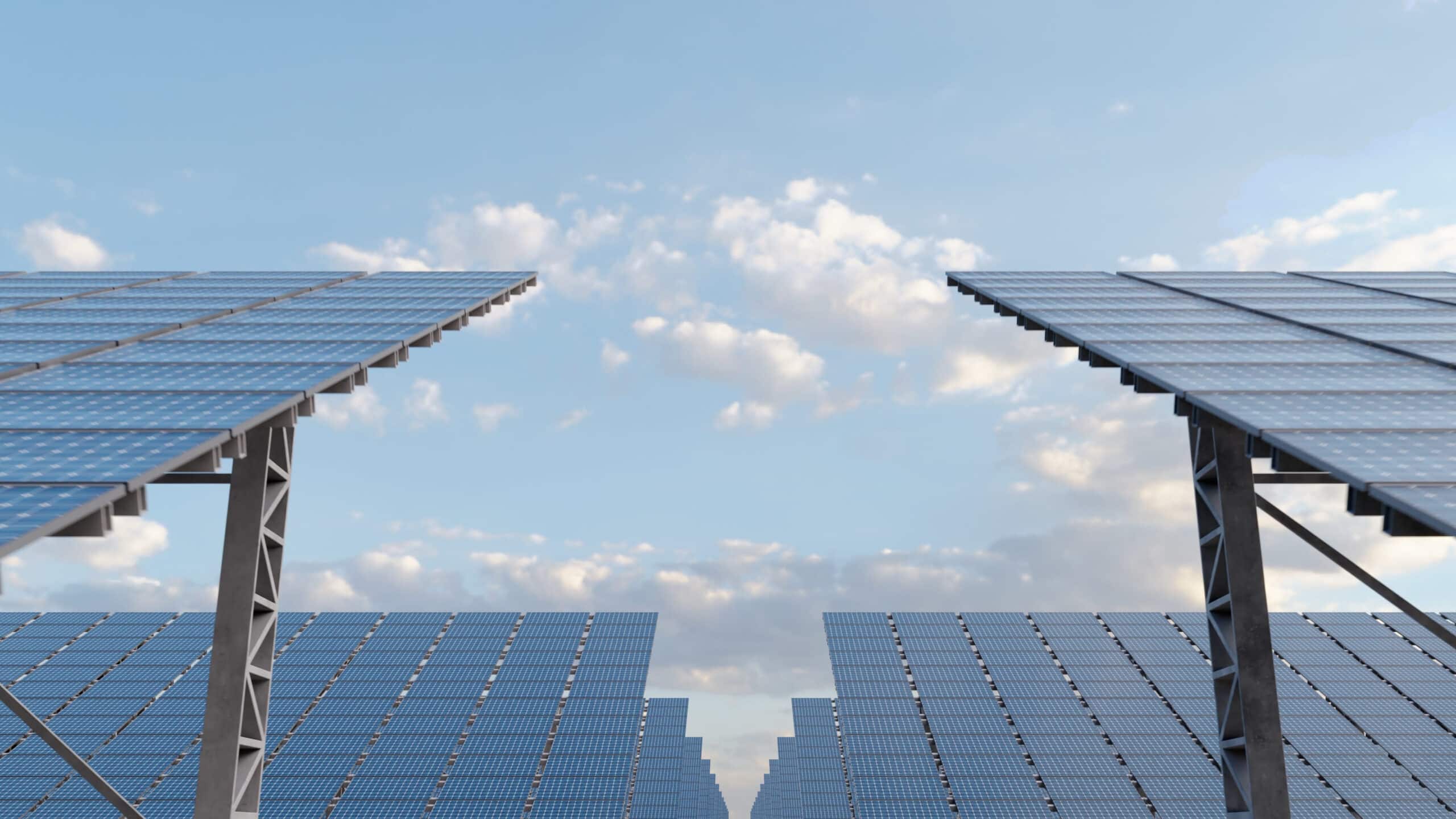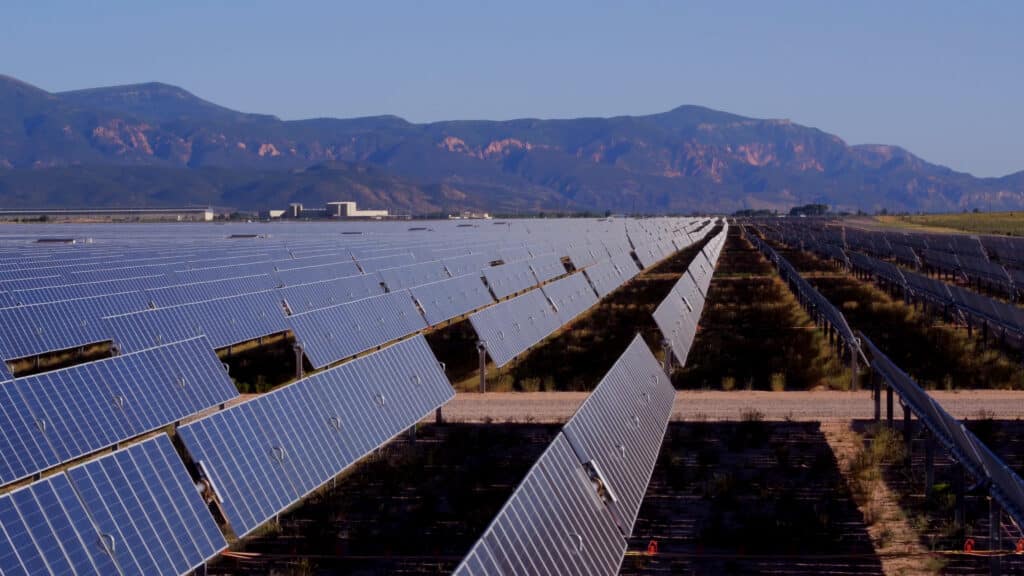POSTED
July 3, 2025
Why Now Is the Best Time to invest in U.S. utility-scale solar
We are living through an energy tipping point. Across the nation, there is a growing desire to invest in U.S. utility-scale solar. New installations are breaking records, and the case for a utility-scale solar investment has never been stronger. With bold policy support and global momentum toward decarbonization, the case for solar investment today is […]

We are living through an energy tipping point.
Across the nation, there is a growing desire to invest in U.S. utility-scale solar. New installations are breaking records, and the case for a utility-scale solar investment has never been stronger. With bold policy support and global momentum toward decarbonization, the case for solar investment today is not just strong. It’s urgent.
At Shasta Power, we believe this is the decade where solar becomes the backbone of a resilient, equitable energy future. And those who invest now can shape that future, while realizing powerful financial returns.
The Solar Boom: Unprecedented Demand Meets Record Growth
In 2024, the United States connected almost 50 GWdc of new utility-scale solar, up 21% from 2023 and the largest single-year build on record. Yet even that milestone barely scratches the surface of what’s in the pipeline: projects totaling about 2.3 TW are still waiting in interconnection queues, and roughly 80 % of that capacity is solar, stand-alone storage, or hybrid solar-plus-storage.
Meanwhile, corporations and load-serving utilities are in a sprint to meet aggressive net-zero targets, increasingly signing 15- to 25-year power-purchase agreements to lock in reliable, low-cost clean energy.
Bottom line: this isn’t just another clean-energy trend—it marks a fundamental restructuring of the U.S. electricity market.
Strong Returns, Reduced Risk: Why Solar’s Economics Work
Utility-scale solar isn’t just growing fast—it’s also generating strong returns. Thanks to incentives like the 30% Investment Tax Credit (ITC) still in place as of the writing of this article in June 2025, accelerated depreciation, and bonus credits for storage, energy communities, and domestic content, project economics are compelling.
Levelized costs of new solar hover around $31/MWh after incentives, far below typical wholesale prices. That cost advantage, combined with 70/30 project financing structures, often translates into equity IRRs in the high teens.
It’s no wonder utility-scale solar ranks as the #1 most attractive clean energy sector for investors through 2026. Stable 20–25 year PPAs, paired with high leverage and early-stage tax equity, mean investors see consistent, risk-adjusted cash flows and upside potential once projects are built and contracted.
Policy Tailwinds Are Supercharging the Sector
Behind this momentum are two historic federal laws in place as of the writing of this article: the Inflation Reduction Act (IRA) and the Bipartisan Infrastructure Law. Together, they allocate over $900 billion to clean energy, with provisions that lower costs, reduce risk, and open access to new investor classes—including nonprofits and municipalities.
Key IRA tools like direct pay, tax credit transferability, and bonus adders are transforming the solar investment landscape. Add to this state-level clean energy mandates (RPS/CES), which have driven nearly half of all U.S. renewable growth since 2000, and you have a rare convergence: policy, capital, and climate all aligned toward scale.
There is current legislation called the Big Beautiful Bill Act, passed by the U.S. House of Representatives, and under review by the U.S. Senate, that would revoke many of the solar incentives.

ESG and Impact Investing: Double Bottom Line in Action
For institutions and individuals who invest in U.S. utility-scale solar, are choosing to align capital with their values.
An acre of utility-scale solar can offset 175–198 metric tons of CO₂ annually. This measurable impact resonates in a world where ESG assets under management have reached $6.5 trillion in the U.S. alone.
Institutional investors are increasingly screening out fossil fuels—68% now exclude them—and seeking verifiable climate action. Everyday retail investors want a tangible, visible impact. Utility-scale solar delivers both, with returns that meet (and often exceed) traditional benchmarks like the S&P 500.
Innovation, Scale, and the Tech Advantage
Solar technology is maturing rapidly. Installed costs for utility PV dropped to ~$1.08/W_DC in 2023—a 75% decrease since 2010. Storage prices have followed, now under $140/kWh, opening up hybrid solar+storage models.
These systems now make up over half of all queued solar capacity. In 2023 alone, 5.3 GW of solar+storage came online. These hybrid projects enhance dispatchability, increase revenues, and better meet grid demands.
As costs decline and capacity factors increase, the financial case for early adopters in utility-scale solar investment only strengthens.

The Bottom Line: The Time Is Now
This is more than an opportunity—it’s a window. With supportive policies, surging demand, maturing technology, and a clear path to strong internal rates of return (IRR), utility-scale solar is positioned for exponential growth. And the investors who step in now won’t just benefit from the upside—they’ll help build the backbone of a more sustainable, inclusive energy future.
At Shasta Power, we’re making that possible. Our people-powered investment model connects everyday and institutional capital to large-scale solar developments, with the transparency, access, and purpose that today’s investors expect.





